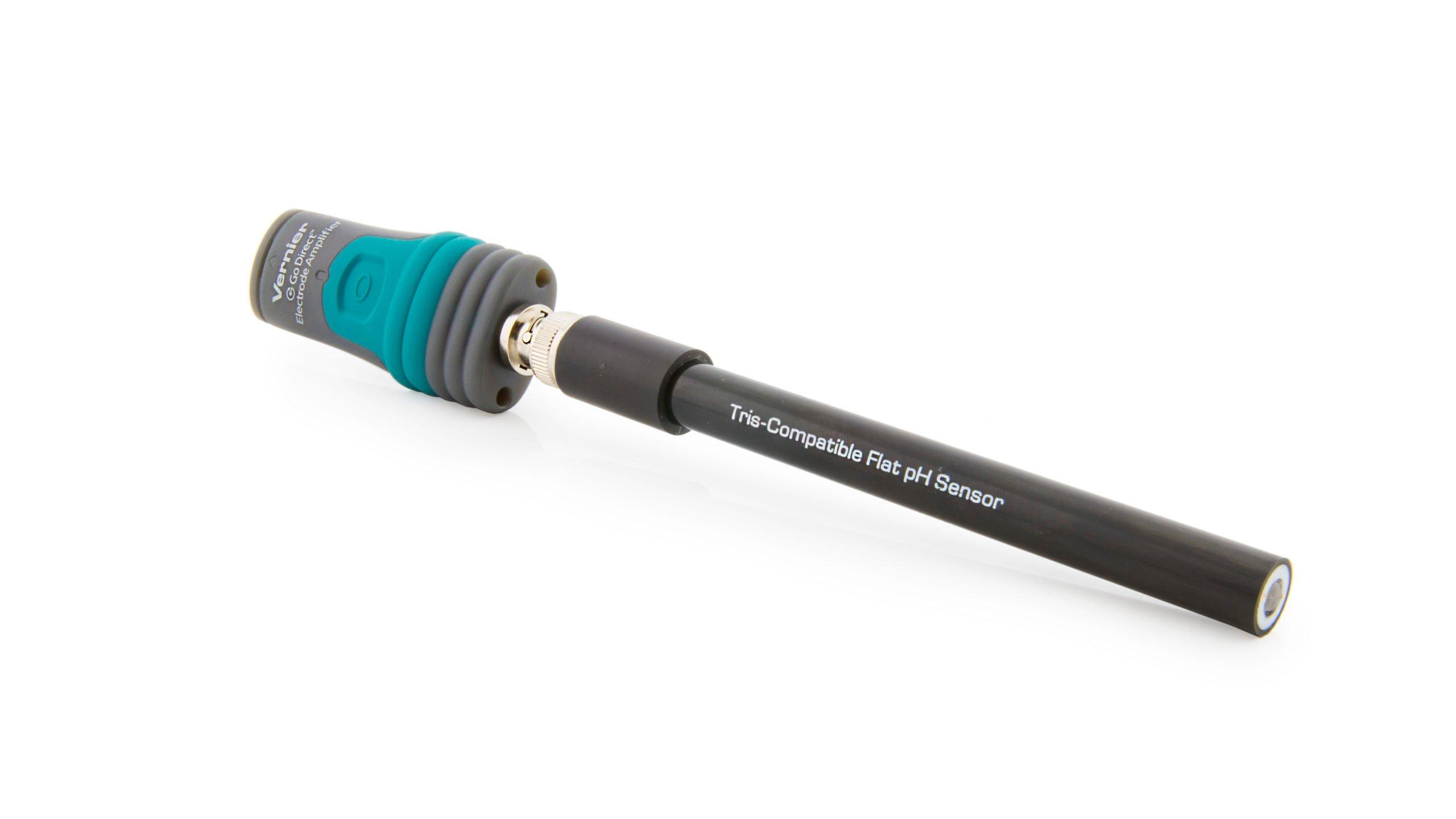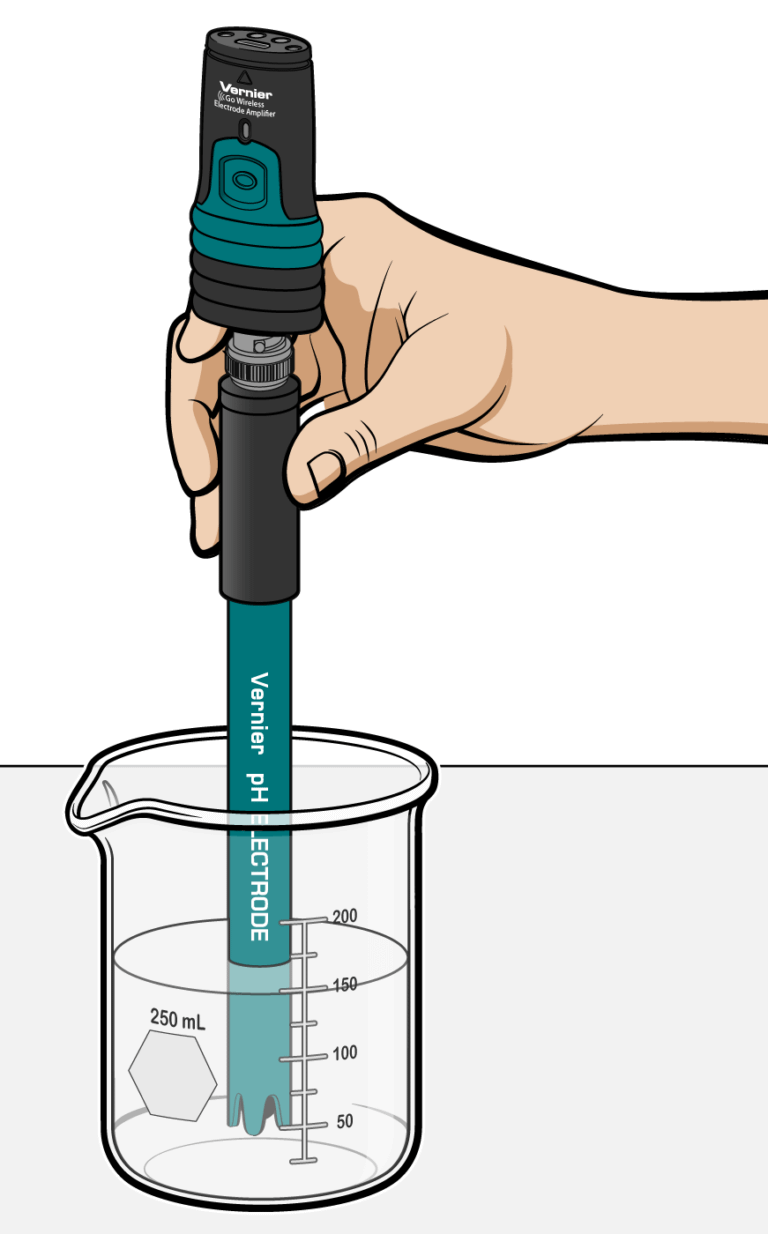
Introduction
Organisms are often very sensitive to the effect of acids and bases in their environment. They need to maintain a stable internal pH in order to survive—even in the event of environmental changes. Many naturally occurring biological, geological, and man-made chemicals are capable of stabilizing the environment’s pH due to their buffering ability. This allows organisms to better survive in diverse environments found throughout the earth. Using a pH sensor, each lab group will measure the effect of an acid and a base in water. Each group will then test the effect of an acid and a base on a biological and/or non-biological material assigned to them. All groups will share their data at the end of class.
Objectives
- Add an acid to a material and note the extent that it resists changes in pH.
- Add a base to a material and note the extent that it resists changes in pH.
- Work with classmates to compare the ability of different materials to resist pH changes.
Sensors and Equipment
This experiment features the following sensors and equipment. Additional equipment may be required.
Option 2
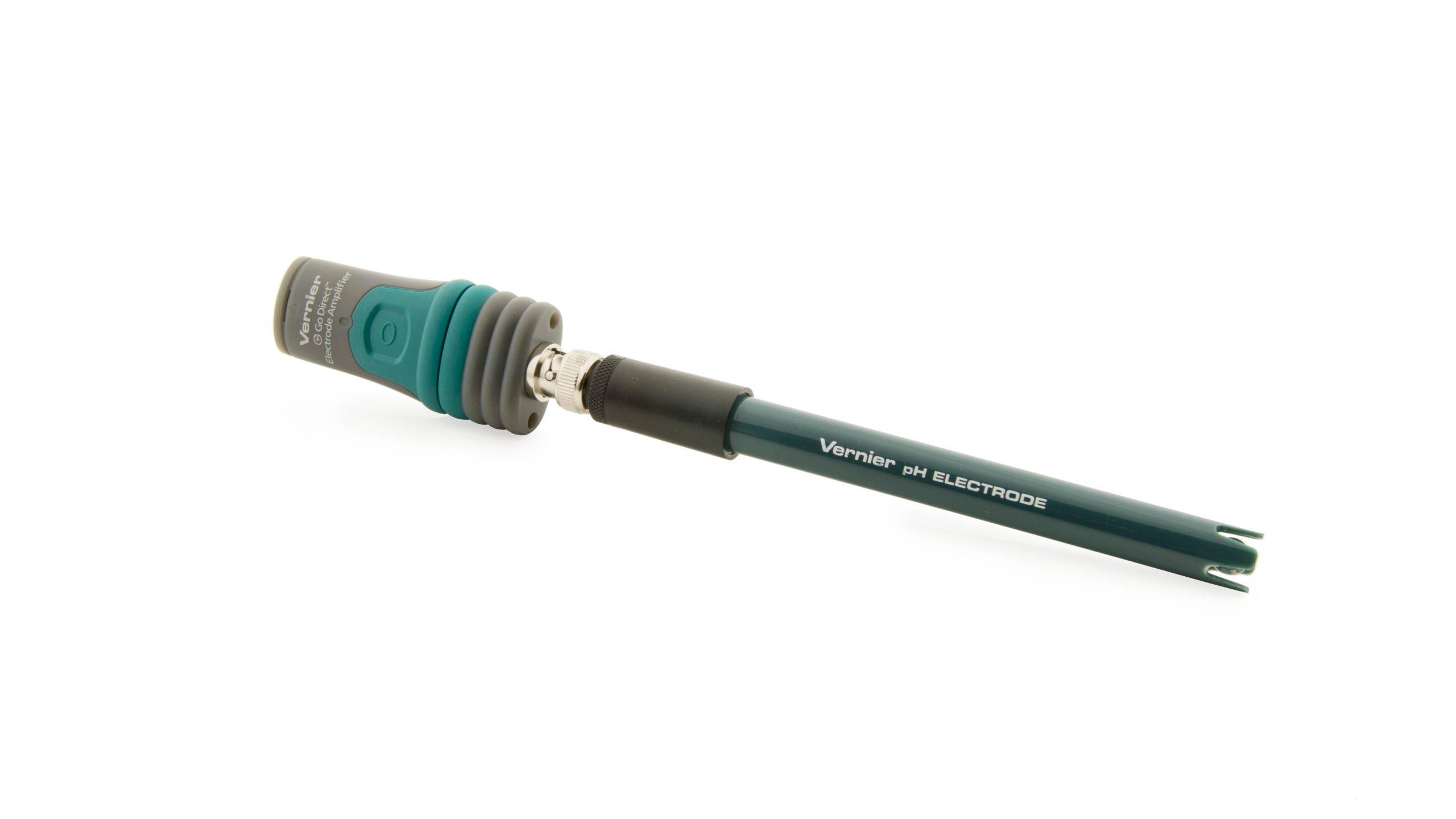
Option 3
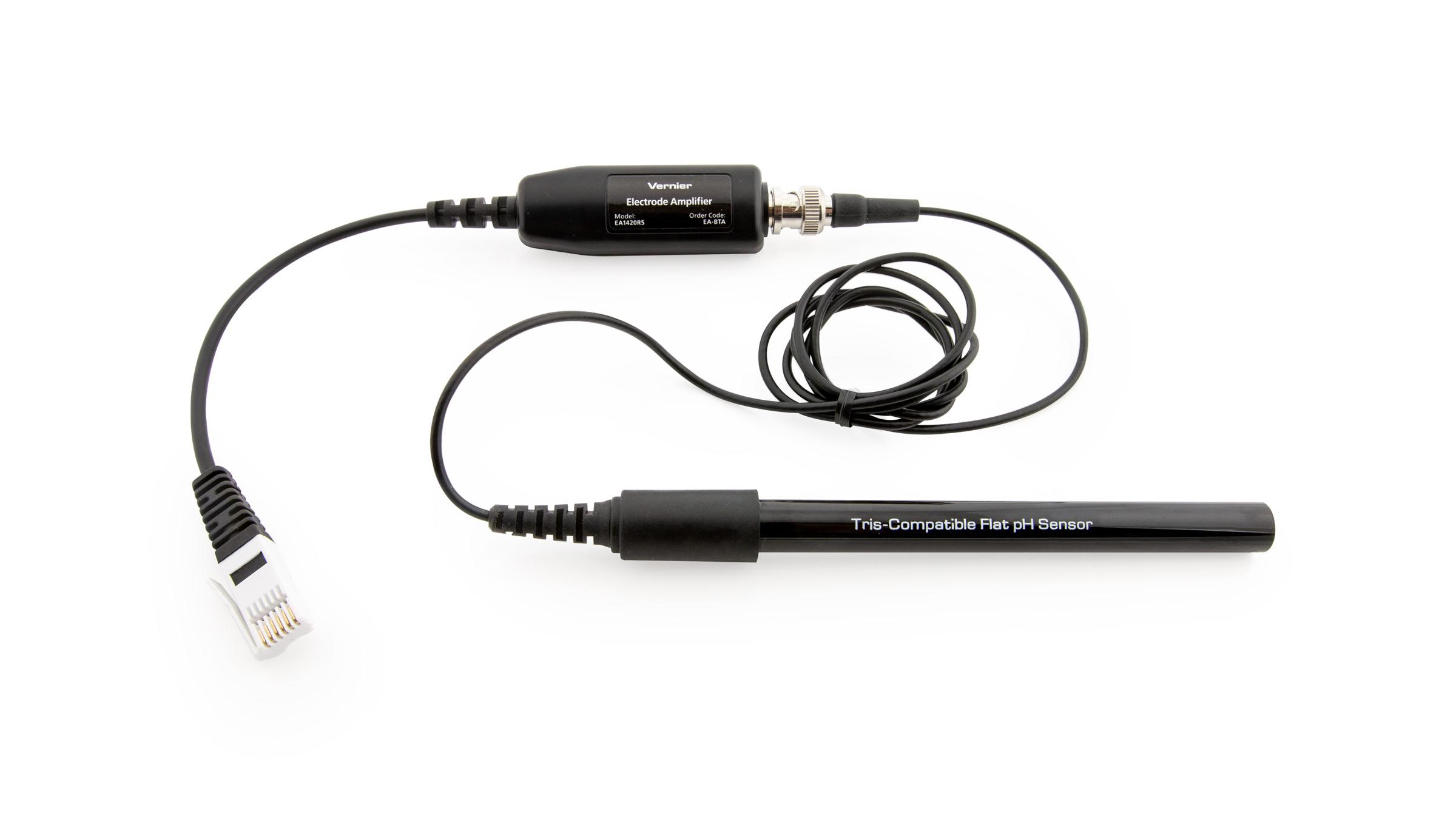
Option 4
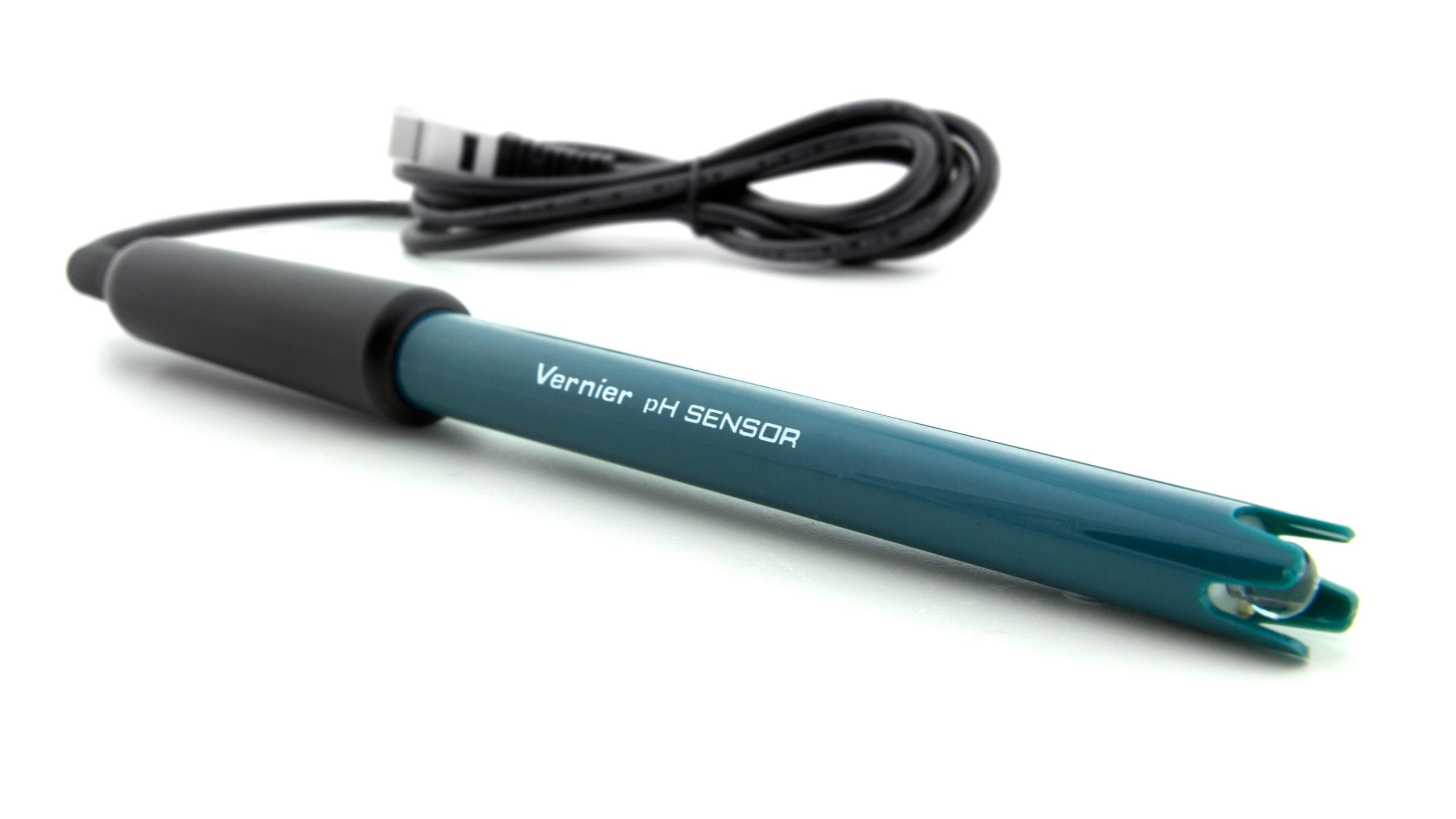
Ready to Experiment?
Ask an Expert
Get answers to your questions about how to teach this experiment with our support team.
- Call toll-free: 888-837-6437
- Chat with Us
- Email support@vernier.com
Purchase the Lab Book
This experiment is #2 of Agricultural Science with Vernier. The experiment in the book includes student instructions as well as instructor information for set up, helpful hints, and sample graphs and data.

